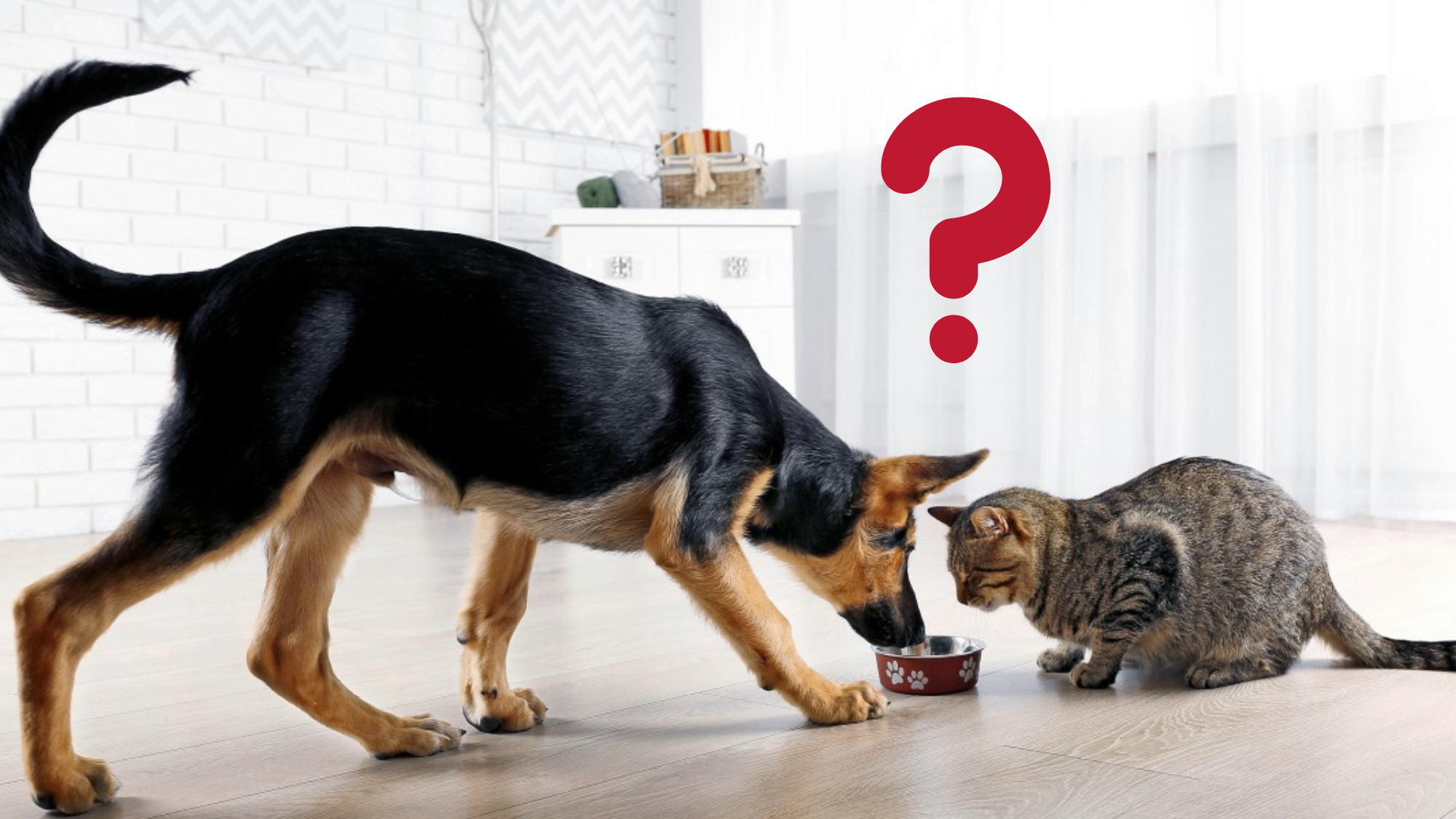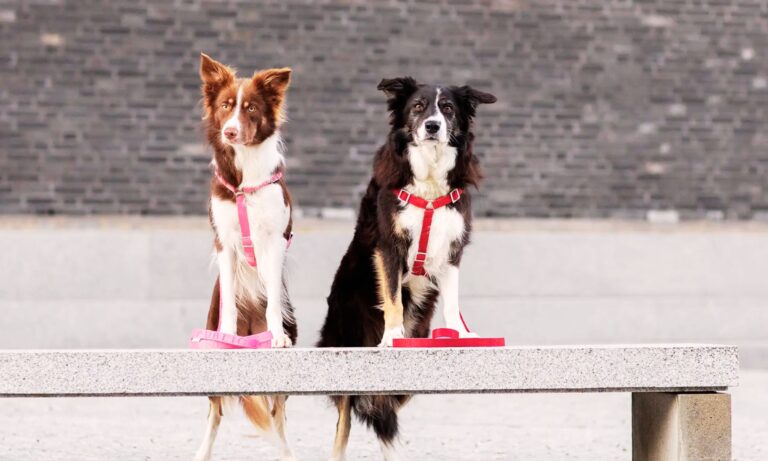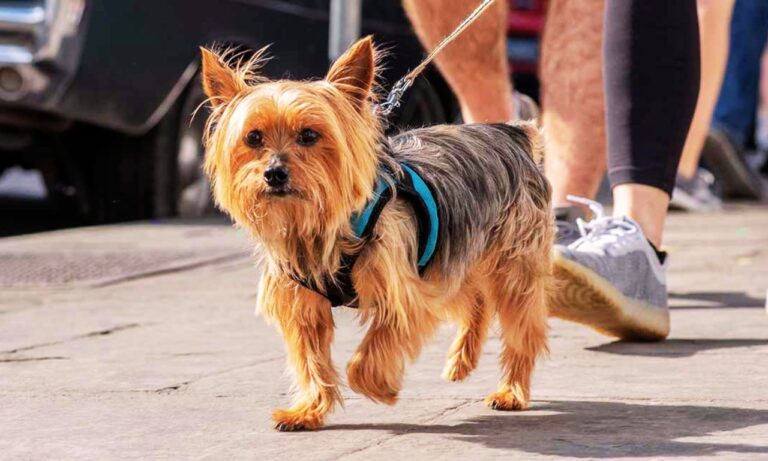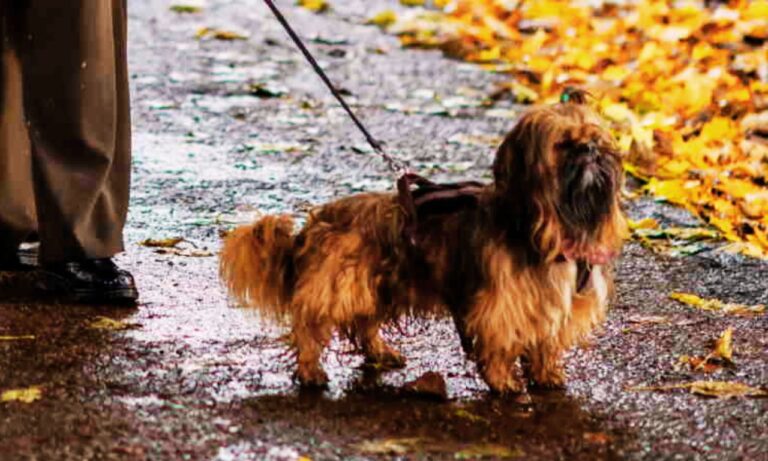| Summary: To stop your dog from eating cat food, feed pets separately, use elevated cat bowls, or place food in a dog-proof area. Try pet gates or automatic feeders with microchip access. Consistently train your dog with commands like “leave it” to discourage sneaking cat food. Supervision helps reinforce good behavior. |
I’ve learned through experience that even the best-intentioned pet owners can face unexpected challenges. So, how to stop dog from eating cat food? One of the most common problems is when your dog shows interest in your cat’s food. This can create issues, not just for dietary balance, but also because cat food is formulated differently than dog food. In this guide, I share my experience, research, and practical tips to help you stop your dog from eating cat food. Dogs often steal cat food because it’s richer and tastier. Use GPS dog collars to track movement and stop sneaky snacking.
The American Staffordshire Terrier’s coat type is short, sleek, and easy to maintain with regular brushing.
Blog Highlights
ToggleHow to Stop Dog from Eating Cat Food: Understanding the Problem
Dogs are naturally curious creatures. When they see or smell something different, especially food that smells enticing, they want to try it. In many households, cats and dogs live together, and sometimes the boundaries between their food bowls become blurred. Often, the cat’s food is left in an accessible place, and a hungry or curious dog may sneak a taste. Separating feeding areas and using pet gates can prevent food theft. Pet tech products like microchip feeders offer a smart solution.
I’ve seen this happen more times than I can count. Initially, I didn’t think it was a big deal—after all, a little taste shouldn’t hurt, right? But over time, I noticed that my dog was gaining weight and showing signs of digestive upset. It became clear that eating cat food wasn’t a harmless quirk; it was a behavior that needed to be addressed.
Why Do Dogs Eat Cat Food?
There are several reasons why dogs might be tempted to eat cat food. Understanding these reasons is the first step in stopping the behavior:

- Curiosity and Instincts: Dogs are curious by nature. The different smell and taste of cat food can be very appealing to them. Their natural instinct to explore by tasting everything can lead them to sample food not meant for them.
- Hunger: If a dog is particularly hungry or if their regular meal isn’t satisfying, they may look for additional food. Cat food, which is often richer in calories, can seem like an attractive alternative.
- Easy Access: In many homes, the cat’s food is left out in the open or placed in an area where the dog can reach it. This lack of separation between the pets can lead to accidental or even intentional eating of cat food by dogs.
- Taste Preferences: Sometimes, dogs simply prefer the taste of cat food. The higher protein and fat content makes it more flavorful to some dogs, encouraging them to seek it out.
By understanding these factors, you can begin to develop strategies that address the root causes rather than just the symptoms. Training is key to stopping a dog from eating cat food. Electronic dog collars can reinforce boundaries effectively.
The Dangers of Eating Cat Food
Before diving into solutions, it’s important to understand why you should stop your dog from eating cat food. Although a little taste might not be dangerous for a healthy dog, there are potential risks:
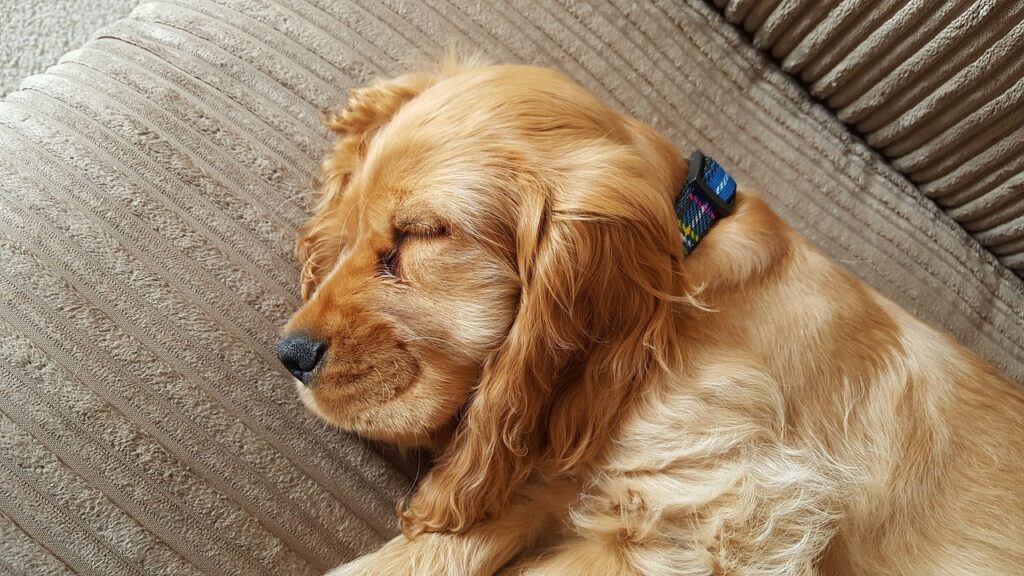
- Nutritional Imbalance: Cat food is designed for the specific dietary needs of cats. It usually has more protein and fat and may include nutrients like taurine that are not necessary for dogs. Regular consumption can lead to a nutritional imbalance, which might affect your dog’s overall health.
- Weight Gain: Due to its high fat content and calorie density, cat food can contribute to weight gain. Over time, this extra weight can lead to further health issues such as joint problems and heart issues.
- Digestive Issues: A dog’s digestive system is not designed to process the rich content found in cat food. This can lead to gastrointestinal upset, including vomiting and diarrhea, and may even stress your dog’s pancreas.
- Behavioral Problems: When a dog gets used to eating cat food, it can become a persistent habit that’s hard to break. This may lead to constant begging or even stealing food from the cat’s bowl, creating tension between your pets.
Knowing the risks makes it clear why taking action is important—not only for your dog’s health but also for maintaining harmony in your home. Consistency in training and using designated feeding schedules help deter unwanted eating. Invest in dog training equipment for better control.
Setting Up Separate Feeding Areas
One of the most effective ways to stop your dog from eating cat food is to physically separate their feeding areas. This is a strategy I adopted after noticing that the dog was always wandering into the cat’s feeding area.
- Designate Specific Spots: Set up a separate area for each pet. Place the cat’s food bowl in a location that is high or in a room that the dog cannot access. If possible, use pet gates to create a barrier.
- Elevated Bowls for Cats: Cats can often reach elevated food bowls that dogs cannot. Consider investing in a raised feeder for your cat, which not only keeps the food out of the dog’s reach but also can help your cat eat in a more comfortable position.
- Feed at Different Times: Another strategy is to feed your pets at different times. You might feed your cat first, and once the cat has finished eating, move the food to another room before feeding your dog. This ensures that the dog does not have the opportunity to scavenge.
- Automatic Feeders: For tech-savvy pet owners, automatic feeders that are programmed to serve food at specific times in designated areas can be very helpful. Some of these devices even have access controls to ensure only one pet can get to the food.
Implementing these physical barriers in your home creates a structured environment that discourages your dog from eating cat food.
The best collar size for an American Staffordshire Terrier ensures a comfortable and secure fit for your dog during walks and training.
Behavioral Training Techniques
Beyond physical separation, training your dog is an essential step in stopping this unwanted behavior. Training takes time and consistency, but it can be very effective.
- Teach the “Leave It” Command: One of the most useful commands is “leave it.” Practice this command in various situations until your dog learns that they are not allowed to take food that isn’t meant for them. Start with low-value items and gradually increase the temptation. Reward your dog with praise or treats when they obey.
- Positive Reinforcement: Whenever your dog chooses to ignore the cat’s food or comes back when called away from it, offer plenty of positive reinforcement. This can be in the form of verbal praise, petting, or a favorite treat. Positive reinforcement helps build a strong association between following your instructions and getting rewards.
- Consistency Is Key: Make sure everyone in the household follows the same rules. If one person allows the dog to snatch a bite of cat food, the training will be less effective. Consistency helps reinforce the behavior you want to see.
- Redirect Their Attention: If you notice your dog approaching the cat’s feeding area, call them away with a treat or a toy. Distracting your dog can help break the habit and gradually reduce their interest in the cat’s food.
I found that consistent training sessions, combined with plenty of rewards and patience, made a significant difference in my dog’s behavior over time.
Creating a Feeding Schedule
A well-organized feeding schedule can also help manage this issue. By having set meal times for your pets, you can reduce the chances of your dog sneaking into the cat’s food.
- Regular Meal Times: Feed your pets at the same time every day. A routine helps them understand when food is available and minimizes the likelihood of impulsive eating.
- Controlled Portions: Serve appropriate portions for each pet at their scheduled meal times. When your dog knows that a delicious meal is coming at a specific time, they are less likely to scavenge for extra food.
- Clean Up After Feeding: Once your cat is done eating, promptly remove any remaining food. This simple habit prevents your dog from being tempted by leftover cat food.
- Supervised Feeding: Especially in the beginning, try to supervise feeding times. This helps ensure that your dog doesn’t interfere with the cat’s meal and reinforces the idea that their food is separate.
A strict feeding schedule not only helps in managing food consumption but also contributes to overall discipline in the household.
To find out the what size collar for an Affenpinscher, ensure you measure your dog’s neck correctly for a perfect fit.
Adjusting Your Dog’s Diet
Sometimes, the reason your dog seeks out cat food is that they’re not completely satisfied with their own food. It might be time to evaluate the quality of your dog’s diet.
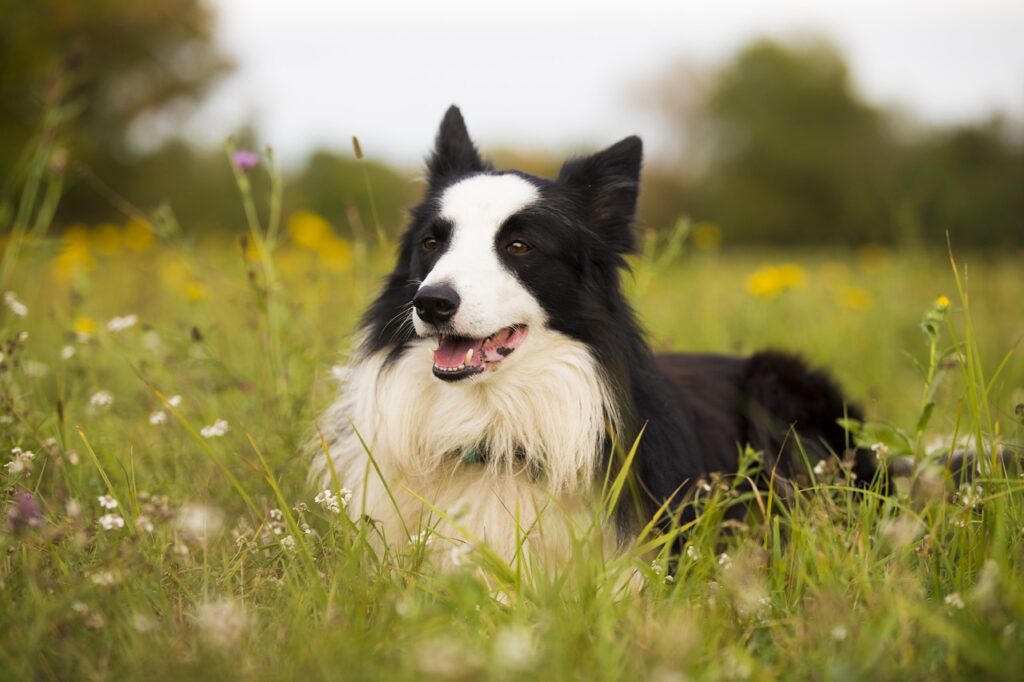
- High-Quality Dog Food: Make sure that the dog food you provide meets all of your pet’s nutritional needs. High-quality dog food should be balanced in terms of protein, fat, and carbohydrates. A satisfied dog is less likely to seek out extra food sources.
- Tasty Additives: You can try adding a little bit of safe, dog-friendly broth or mixing in some healthy, low-calorie vegetables to make the dog food more appealing. Avoid adding any ingredients that might mimic the taste of cat food.
- Consult Your Vet: If your dog’s appetite or nutritional needs seem off, it’s a good idea to speak with your veterinarian. They might suggest switching brands or adjusting the portion size to ensure your dog feels full and healthy.
A nutritious and appealing dog diet can help reduce the temptation to seek out alternative food sources like cat food.
Using Deterrents and Distractions
Sometimes, a little extra help is needed to break the habit. Using deterrents or distractions can be an effective way to stop your dog from eating cat food.

- Taste Deterrents: Some pet owners have success using safe, non-toxic taste deterrents on the rim of the cat’s bowl. These products make the food less appealing to dogs without affecting the cat’s enjoyment.
- Interactive Toys: Invest in interactive toys or puzzle feeders for your dog. These not only keep your dog entertained but also distract them from looking for extra food. Keeping their mind engaged can reduce unwanted food-seeking behavior.
- Alternate Treats: When training, use treats that your dog loves. Offering a tasty, dog-friendly treat as an alternative can quickly shift their focus away from the cat’s bowl.
By incorporating these strategies, you can create an environment where your dog is less tempted by the cat food and more focused on enjoying their own meals.
Environmental Modifications
Creating a safe and structured environment can make a big difference in controlling your dog’s behavior. Small changes around the house can prevent accidental access to cat food.
- Secure Storage: Always store cat food in a place that your dog cannot access. Use closed cabinets or high shelves for both cat food and dog food, but especially for the cat’s food.
- Feeding Room Separation: If possible, designate separate rooms for feeding your cat and your dog. This not only prevents your dog from accessing the cat’s food but also gives each pet a calm, focused environment during meal times.
- Pet Gates: Pet gates are a simple and effective way to control access between rooms. Installing a pet gate at the doorway to your cat’s feeding area can be a practical solution, especially during meal times.
- Routine Clean-Up: Make it a habit to clean up any spilled food immediately. Even small crumbs can attract your dog and trigger the habit of scavenging.
Environmental modifications are about more than just preventing access—they’re about creating a space that respects the individual needs of your pets.
For a step-by-step guide on how to wear collar to an Affenpinscher, check out this detailed article to ensure a comfortable and secure fit for your dog.
How to Address the Behavior Over Time
Changing your dog’s behavior is not an overnight process. It requires patience, consistency, and ongoing effort. Here’s what I’ve learned about addressing this behavior over time:
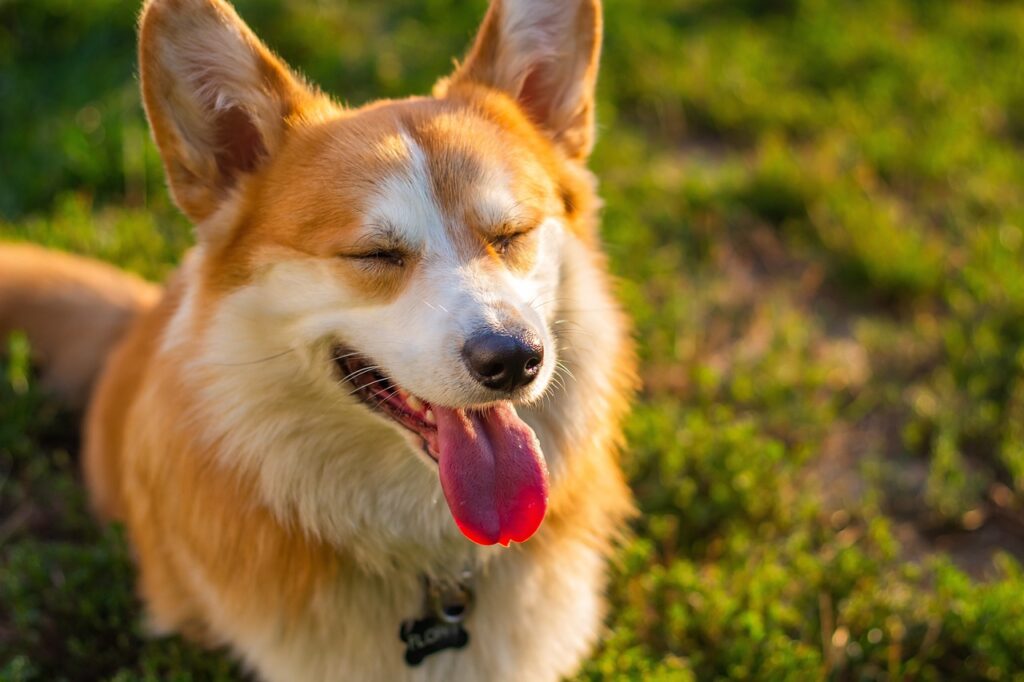
- Monitor Progress: Keep a daily log of your dog’s behavior, noting any improvements or setbacks. Tracking progress can help you identify which strategies work best and where further adjustments are needed.
- Be Patient: Habits don’t change immediately. Give your dog time to adapt to the new routines and rules you’ve set. Consistent reinforcement over weeks and months will lead to lasting changes.
- Celebrate Small Wins: Reward your dog for every step in the right direction. Whether it’s obeying the “leave it” command or successfully eating only their own food, each small victory is a step toward a permanent change.
- Adjust and Adapt: If one method doesn’t seem to be working, don’t be afraid to try another. Flexibility is key in finding the right balance that works for your household.
- Seek Professional Help: If you’re struggling to change your dog’s behavior despite your best efforts, consider consulting a professional dog trainer or behaviorist. They can provide personalized advice and techniques that suit your dog’s specific needs.
Involving the Entire Family
Sometimes, the challenge of stopping a dog from eating cat food isn’t just about the dog—it’s about everyone in the household working together. Here’s how you can involve your family in the process:
- Set Clear Rules: Make sure everyone understands that the cat’s food is off-limits to the dog. Establish clear, consistent rules that everyone follows, especially during feeding times.
- Team Approach: Assign responsibilities for feeding and cleaning up after each pet. When everyone is involved, it’s easier to maintain a safe environment and ensure that the dog doesn’t have access to cat food.
- Educate on the Risks: Explain why it’s important to keep the foods separate. When everyone understands the health risks and benefits of proper feeding, they’re more likely to be diligent about following the rules.
- Regular Family Meetings: Have periodic check-ins to discuss how the new feeding arrangements are working. This can help everyone stay accountable and make any necessary adjustments.
Check out the best dog collars for Border Collie to find durable, stylish, and comfortable options for your active dog.
Final Thoughts and Long-Term Strategies
Ultimately, the goal is to ensure that your dog remains healthy, happy, and well-fed with the food specifically designed for them. Stopping your dog from eating cat food is about creating a consistent, structured environment that respects the dietary needs of both pets.
For guidance on choosing the right collar size for an Airedale puppy, check out this detailed guide. Hope so, now you know the answer to your question, “how to stop dog from eating cat food?”.
It takes time to break old habits and establish new ones, but with patience and persistence, you can successfully manage this behavior. A combination of environmental modifications, behavioral training, and clear family rules creates a comprehensive approach that works for many households.

